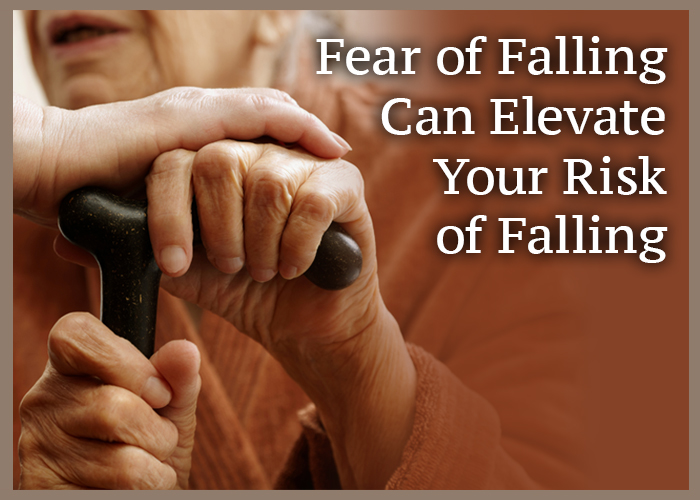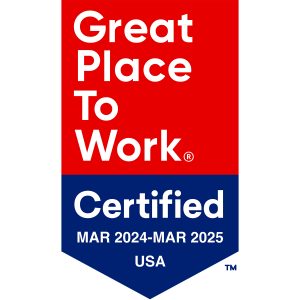The fear of falling is one of the factors that can increase your risk of falling, noted Jeanette Studer, R.N. She was the featured speaker at an informational program on Fall Prevention for Older Adults that was held at the Heritage Woods of Manteno affordable assisted living community that Gardant manages. Jeanette is a team manager with Vitas Healthcare, a leader in hospice and palliative care.
A fall can set into motion a downward chain of events that can have numerous negative consequences, she said. Many people who fall, even if they are not injured, develop a fear of falling. The fear can cause some people to reduce their activity level. They may avoid walking, exercising, shopping and taking part in social activities. Reduced activity reduces mobility which further increase fall risk.
Inactivity also can result in a decrease in circulation, which impacts bladder and kidney function, and increases the risk of infection.
Other risk factors for falls include poor lighting; slick or irregular floor surfaces; improperly maintained walkers and wheelchairs; excessive alcohol intake; a poor diet; not drinking enough water; visual and hearing impairments; cancer that affects the bones; low blood sugar; cardiac arrhythmias; blood pressure fluctuation; and medications for pain, blood pressure, anxiety or depression.
Blood thinners and aspirin can increase the probability of injury from a fall.
According to the Centers for Disease Control (CDC), falls are the leading cause of injury in the United States among adults 65 and older, with one out of every three adults 65+ falling each year.
Many older adults, says the CDC, become afraid of falling even if they have not suffered a fall, which can a drastic affect on their quality of life.
Fortunately, there are things older adults can do to decrease the likelihood that they will take a tumble.
- Create a safe environment in your home. Remove clutter such as stacks of paper, oxygen tubing, electrical and telephone cords from the floor. Fix any thresholds that may be a tripping hazard and any uneven or rickety stairs. Install grab bars, especially in the bathroom.
- Make sure your footwear is appropriate, fits properly, and are laced up or tied. Low-heeled walking shoes and non-slip socks and slippers are the best. Shoes with large, soft soles, including many athletic shoes, may increase fall risk. If you wear socks to bed, make sure you put on shoes before walking; socks can be slippery.
- Watch out for rugs and mats as the uneven surfaces and raised edges can be a tripping hazard.
- Wear well-fitting clothing. You do not want your pants bunching up on the floor or slipping down past your hips. You do not want to be fidgeting with your clothing while you are moving.
- Keep an eye out for little ones – dogs, cats, grandchildren – and their toys.
- Be cautious of outside weather conditions. Watch for slick stoops, stairs, porches, decks, driveways and sidewalks.
- If you wear glasses, be sure that eye wear is appropriate and clean and that you wear your glasses. If you use a separate pair of glasses for reading, be sure that you have put on the right pair for what you are doing. Be careful that you are not looking underneath or over your glasses.
- Make sure you stay hydrated and are getting proper nutrition. Light-headedness, for instance, can be the consequence of not drinking enough water.
- If you use a walker or wheelchair, make sure it is properly fitted for your height. Use the device no matter how short the distance might be. Make sure the wheels are locked when you are getting up and down from a bed or chair.
- Don’t be in a hurry. Be careful when you stand up; take your time when getting up out of bed or a chair.
- Be sure your bed and chairs are at the right height.
- If you need someone to assist you with transferring to and from a bed or chair, make sure you ask for help.
- Don’t turn around too quickly.
- Always hold on to the railing when walking up and down stairs, even if only going up one or two stairs.
- If you feel an urge to go to the bathroom, do not wait.
- Be sure your home has proper lighting, especially at night.
- Engage in activities that can increase your range of motion, strength and balance.
Health care professionals can do a home safety risk evaluation and a personalized balance assessment. Based on the assessment, they can recommend things you can do to reduce your risk of falling.
A Home Fall Prevention Checklist for Older Adults published by the MetLife Foundation in cooperation with the Centers of Disease Control and Prevention is available online.
If you should fall or if some other type of medical emergency should arise, the importance of having an emergency alert system was emphasized.
We also recommend establishing a daily “Buddy Check” system, especially if you live alone. You will benefit from greater peace of mind knowing that if something should happen and you are not able to call for help, a “buddy” will be checking on you.
Residents of the assisted living communities that Gardant manages can benefit from such included features and services as bathrooms equipped with showers and grab bars, an emergency alert system, daily wellness checks, and a variety of wellness programs and activities. Flooring in the apartments and community areas are designed for ease of mobility and safety.
Staff can do a physical inspection of a resident’s apartment to check to identify potential fall risks and pharmaceutical reviews to identify any potential drug interaction concerns.
Many of the communities have in-house therapy available with therapists available to conduct health assessments that include a personalized balance and fall risk assessment. Based on the assessment, they can recommend programs available on-site that can improve your strength, range of motion and balance.
Just contact any of the communities Gardant manages for more information.





